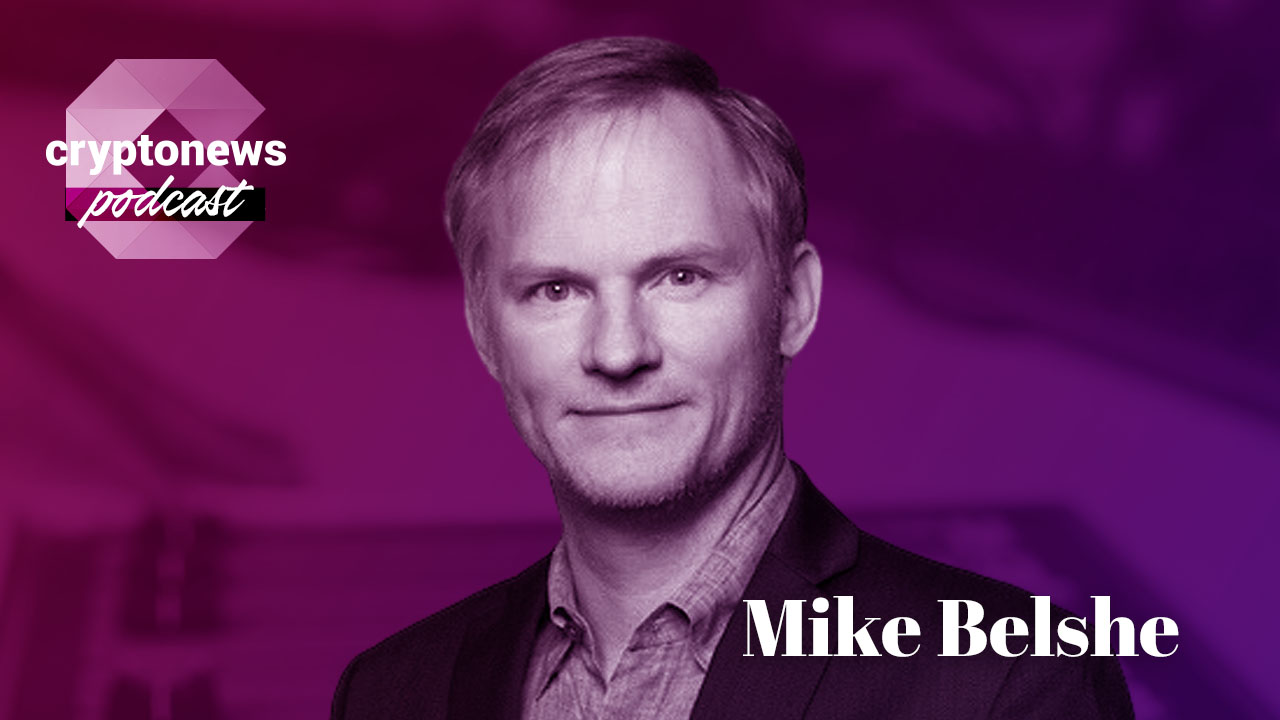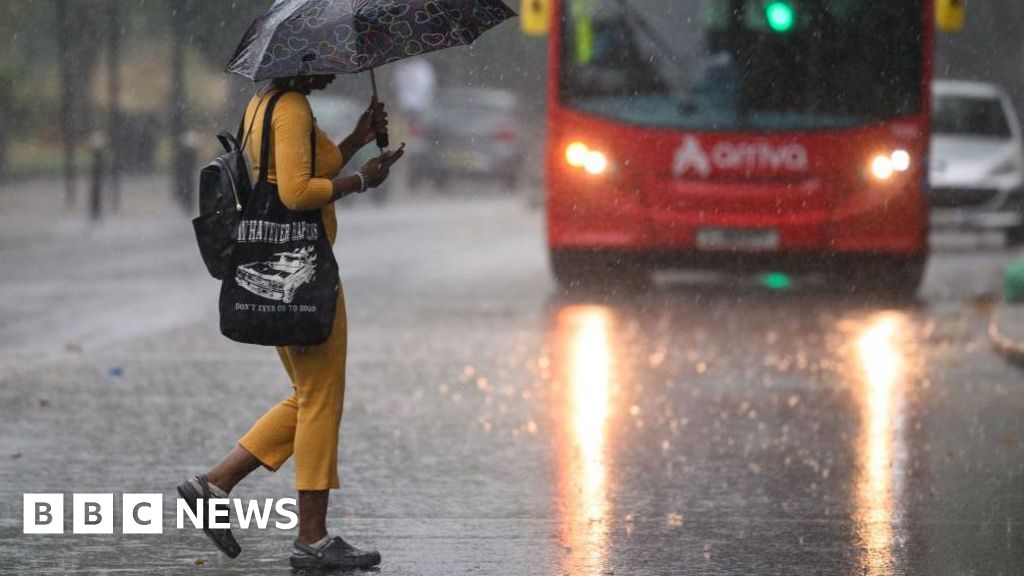Receive free US employment updates
We’ll send you a myFT Daily Digest email rounding up the latest US employment news every morning.
Jobs growth in the US slowed more than expected in June and was revised lower for the previous two months, in a sign the Federal Reserve’s aggressive interest rate rises are beginning to cool the labour market.
The US economy added 209,000 new non-farm jobs last month, lower than consensus forecasts of 225,000. Growth over April and May was also revised lower by a combined 110,000.
The unemployment rate remained near a multi-decade low, however, falling back to 3.6 per cent after a slight rise in May. Wage growth was also stronger than expected at 4.4 per cent on a year-on-year basis.
Employment and wage growth are significant drivers of inflation, particularly in the services sector. Friday’s numbers will be scrutinised by investors, economists and central bank officials, who are watching for evidence that higher interest rates are slowing the economy and bringing down inflation.
Most economists expect hourly wage growth would have to fall to an annual rate of about 3.5 per cent to be consistent with meeting the Fed’s 2 per cent inflation target.
Drew Matus, chief market strategist at MetLife Investment Management, said “there are hints of things slowing . . . [but] the dip in the unemployment rate probably puts the Fed on the path to hike rates at the end of the month barring some sort of surprise between now and then”.
Although headline inflation numbers have started to trend downwards, the labour market has proved resilient, with economists underestimating the strength of payrolls growth for 14 consecutive months before Friday’s data.
Despite the slowdown in the latest data, June’s headline jobs growth remained higher than the pre-pandemic average. Hiring was particularly strong in the healthcare, social work and construction industries, but slipped in the retail sector.
The Fed kept interest rates steady at its June policy meeting to give officials more time to take stock of the impact of its previous rate rises and the potential effects of the recent turmoil in the banking sector.
However, policymakers have made clear that they are not yet done with their monetary tightening campaign, with most officials predicting two more quarter-point rate rises by the end of the year.
Friday’s data was not enough to convince investors that the Fed would change course, with futures markets still pricing in a more than 90 per cent chance of a rate increase at its next meeting in late July.
US stocks opened lower on Friday morning, and investors bought US Treasury bonds following the jobs figures. The two-year Treasury yield, which moves with interest rate expectations, dropped, reversing Thursday’s rise to a 16-year high after strong private payrolls data.
The S&P 500 was down 0.1 per cent in early Wall Street trading, while the Nasdaq Composite edged marginally higher.
Stan Shipley, senior economist at Evercore, said the downward revisions to previous data “suggests the economy is OK, but not booming in the way it was six months ago”.
He added: “The Fed will probably still hike in July, because you have the unemployment rate falling . . . The question is about the Fed meetings after July.”
Additional reporting by Kate Duguid in New York and Colby Smith in Washington
Credit: Source link










